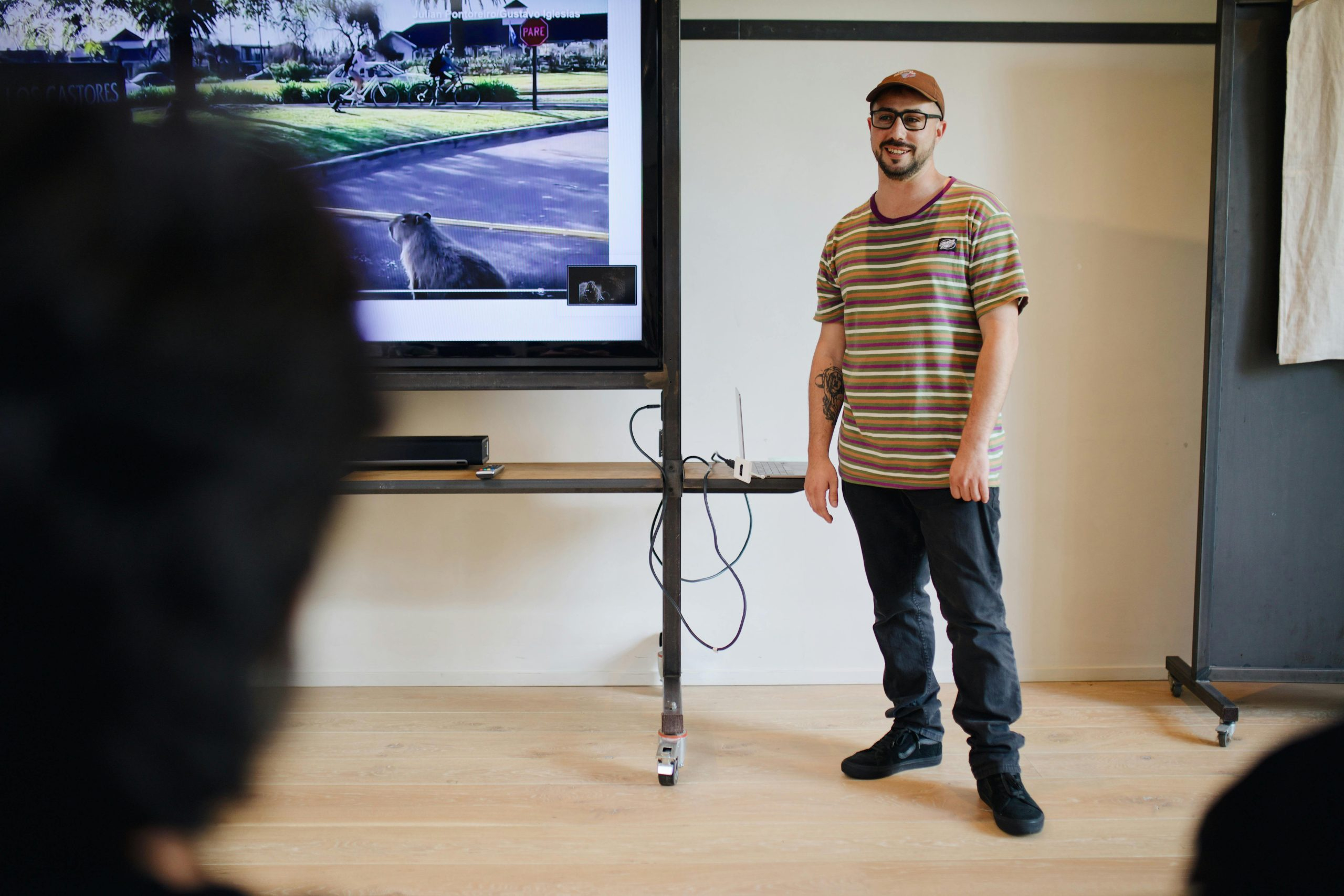Communication Skills in the Virtual Classroom
In today’s digital world, virtual learning has become a popular and necessary mode of education. With the advent of new technologies and the ongoing pandemic, students and instructors alike are adapting to the virtual classroom environment. Unlike traditional face-to-face classrooms, virtual classrooms have their own unique challenges, especially when it comes to communication. In this article, we will explore the role of communication skills in the virtual classroom and how they can contribute to a successful learning experience. 
The Importance of Communication Skills in the Virtual Classroom
In a virtual classroom, communication is not just about delivering information, but also involves building relationships and creating a sense of community among students and instructors. Effective communication skills are essential in establishing a positive and engaging learning environment. They allow for clear understanding and open exchange of ideas, ultimately leading to improved learning outcomes for students.
The Challenges of Communication in the Virtual Classroom
One of the main challenges in the virtual classroom is the lack of nonverbal cues. Unlike in-person communication, students and instructors are not able to rely on body language, facial expressions, and tone of voice to convey their messages. This can lead to misunderstandings and misinterpretations, making effective communication more crucial in the online setting.
Moreover, technical issues such as poor audio and video quality, and internet disruptions can hinder communication in the virtual classroom. These challenges can create barriers to effective communication and make it harder for students to stay engaged and focused during virtual lectures.
Key Communication Skills for the Virtual Classroom
Now more than ever, students need to develop strong communication skills to thrive in the virtual classroom. There are some essential skills that can help students communicate effectively and confidently in online learning environments.
Active Listening
Active listening involves paying full attention to the speaker, understanding their message, and responding appropriately. In the virtual classroom, it is important for students to actively listen to their instructors and peers to avoid miscommunication. They can do this by avoiding distractions, asking questions, and clarifying any uncertainties they may have.
Written Communication
As most communication in the virtual classroom is written, students should develop strong written communication skills. This involves using proper grammar, punctuation, and spelling, as well as being concise and clear in their messages. Written communication also includes being respectful and professional when participating in online discussions and forums.
Nonverbal Communication
While nonverbal cues are limited in the virtual classroom, they still play a significant role in communication. Students should be aware of their tone and body language when participating in virtual meetings or giving presentations. Maintaining eye contact with the camera, using hand gestures, and speaking with enthusiasm can help convey their message effectively.
Collaboration and Teamwork
In the virtual classroom, students are often required to work on group projects and assignments. This provides an opportunity for them to develop collaborative and teamwork skills, such as effective communication, active listening, and conflict resolution. These skills are crucial for students to successfully work together and achieve common goals.
Tips for Improving Communication Skills in the Virtual Classroom
Here are some practical tips to help students improve their communication skills in the virtual classroom:
Get Familiar with the Communication Tools
Most virtual learning platforms offer various communication tools such as chat, video conferencing, and discussion boards. Students should familiarize themselves with these tools and understand how to use them effectively. This will make it easier for them to communicate with their peers and instructors.
Practice Active Listening
As mentioned earlier, active listening is a crucial communication skill in the virtual classroom. Students can practice this skill by taking notes during online lectures, asking questions, and summarizing their understanding of the topic. This will not only help them in comprehending the material but also build a rapport with their instructors.
Participate in Online Discussions
Participating in online discussions is a great way for students to practice their written communication skills. It also allows them to share their ideas and perspectives with their peers, promoting a collaborative learning environment. Students should make sure to read through the discussion prompts carefully and contribute thoughtfully and respectfully.
Be Patient and Understanding
In the virtual classroom, students may encounter technical difficulties or face challenges in adapting to the online learning environment. It is important to be patient and understanding towards their peers and instructors. This will help foster a positive and supportive learning atmosphere.
Conclusion
Communication skills are crucial for success in the virtual classroom. By developing these skills, students can overcome the challenges of online communication and create a positive and engaging learning environment. By actively listening, effectively using nonverbal cues, and participating in online discussions, students can enhance their communication skills and make the most out of their virtual learning experience.










